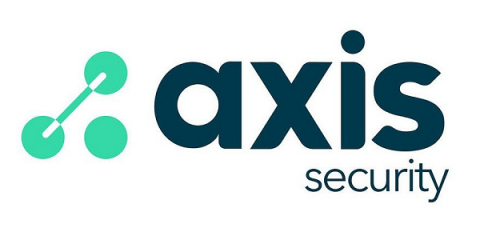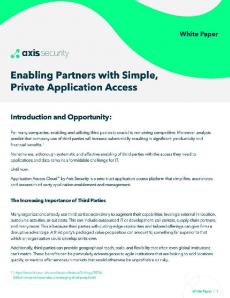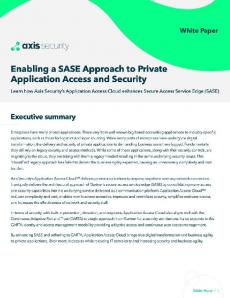How do Hackers Hack - An Experiment in Open Portal Attacks
I built it – and hackers came It’s been an eventful 12 months. With people working from home, there’s been an over 40% surge in machines accessible from the internet running RDP, with RDP attacks up over 400%. 1 This site even has instructions for how to create more than one RDP instance on the same Windows 10 machine. 2 There are also these instructions for Windows 2016, that create a larger attack surface that by allowing multiple RDP connections into the same endpoint.




